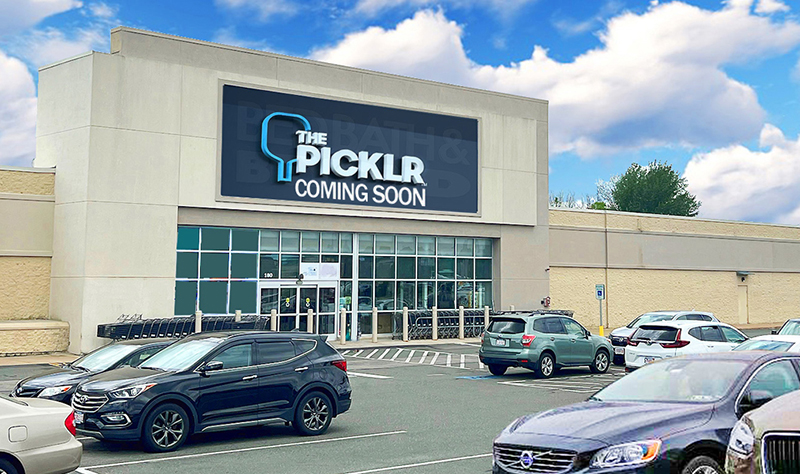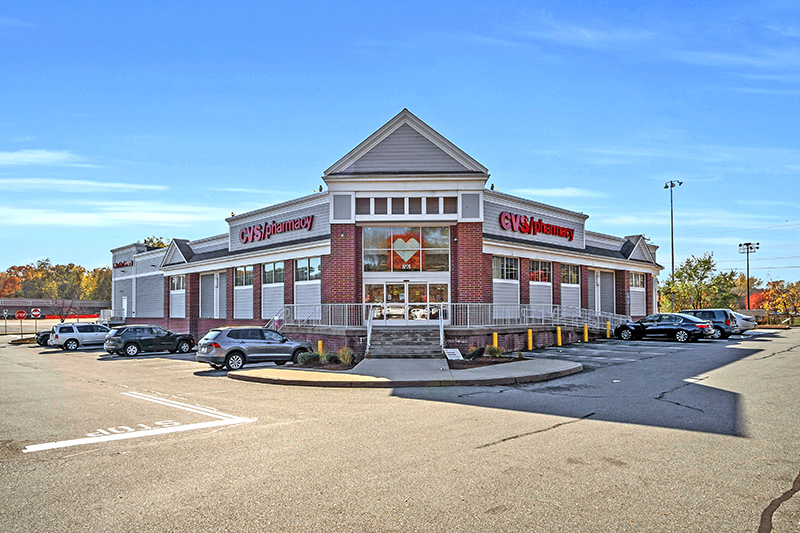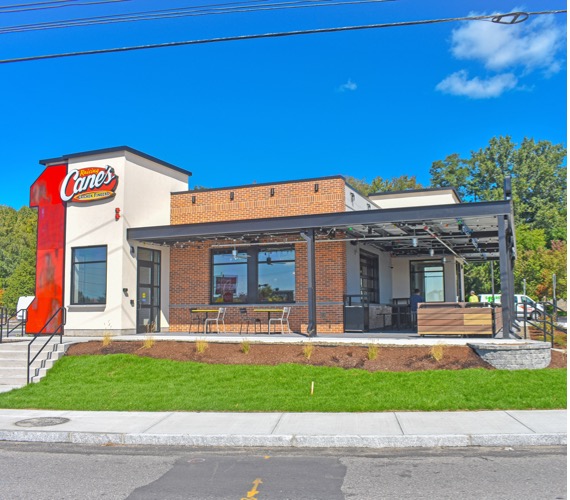HFA Architecture + Engineering advise for drive-thru advancements
Boston, MA Hospitality architects from HFA Architecture + Engineering have advised that quick-serve restaurants (QSR) can ramp up performance with drive-thru innovations like upstream ordering, automatic doors, larger canopies and dedicated lanes for mobile orders.
“With these solutions implemented correctly, I’ve seen restaurants go from 180 to 200 cars in peak hours,” said HFA’s Steven Baker, in a HFA webinar. He and his team have remodeled more than 100 QSR locations to better accommodate fast-emerging consumer and technology trends, working on behalf of multiple brands. The veteran architect was joined by Nicole Poole, vice president in charge of HFA’s Hospitality + Entertainment group and head of its patron-centric Matchstick initiative for retail and hospitality clients.
In “Elevating Drive-Thru Design: Transforming Food Service Experiences,” Poole and Baker pointed to the importance of civil engineering, store design and site layout in today’s more complex drive-thru services. Maximizing the safety and efficiency of upstream ordering, for example, is no simple affair, said Baker, whose team works with a fast-growing QSR chain known for its military-like precision with this approach.
Poole described how HFA translates the needs of QSRs’ most important patron profiles into the built environment, including the drive-thru.
Having started her career as a designer for award-winning Chicago-area restaurants, she has spent more than a decade collaborating with clients such as Shake Shack, Topgolf, Home Run Dugout, Blue Jeans Golf, and WorldSprings.
“It is more than just throwing a team member out there with an iPad,” the architect said. “We need to give space for them to operate safely alongside cars, so defining that team member area is essential.”
Drive-thru patrons, Poole said, could include digital nomads who are fulfilling third-party mobile orders. “They may use the drive-thru for a pickup or go to a dedicated spot on the site,” she explained. “It’s part of why we’re seeing clients install auto sliding doors. They want their associates to be able to quickly cross a lane of traffic to get to one of those dedicated spots or pick-up areas.”
Loyalists are regulars who aim to rack up points and rewards on the QSR chain’s app. By contrast, potentialists head out for a meal without a clear destination in mind. “They typically will take a traditional approach to a drive-thru,” Poole said. “We want to make sure that the lane feels easy to maneuver and inviting for them to stop in.”
“Designers, architects and civil engineers can take each of these patron needs in mind for a more harmonious experience for all,” Baker said. Citing studies showing that nearly half of all QSR patrons dislike interacting with automated voices, he pointed out that upstream ordering leads to more personalized, face-to-face interactions. “This service model might be what turns a potentialist into a loyalist, and it’s probably what keeps those loyalists coming back.”
Meanwhile, an efficient approach to upstream ordering can magnetize potentialists. “As they’re driving by, they see how quickly the line is moving, so it becomes a more attractive option,” Baker said. For their part, time-pressed Digital Nomads appreciate having access to designated spaces and lanes.
Poole and Baker also pointed to the benefits of automatic doors, which are replacing traditional drive-thru windows across the country. If, on one side of the building, a QSR maintains dedicated space for curbside delivery or mobile app orders, the restaurant’s associates can use the door to more quickly bring them their food. “You no longer walk through the front of the house to access those spots,” Baker said.
When orders are taking a bit longer, automatic doors allow cars to pull forward ahead of the window into a designated area. When the meal is ready, associates pop out of the door and deliver it, preventing the rest of the drive-thru lane from backing up.
“You may also pull cars forward to get more in the queue and increase that peak-hour throughput,” Baker said. “Once meals are ready, team members can simultaneously bring food out to multiple vehicles.”
Mace of KeyPoint Partners negotiates 36,192 s/f lease for The Picklr at Endicott Square
Danvers, MA KeyPoint Partners (KPP) negotiated a lease with the nation’s premier indoor pickleball venue The Picklr at Endicott Sq. Vice president of retail brokerage Don Mace negotiated the transaction on behalf of the landlord.





.jpg)


